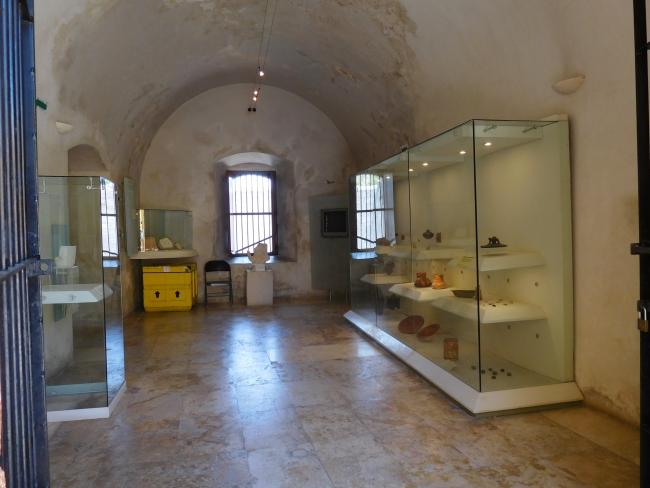
The Natural Environment
Sala
Covering nearly 138,000 km², the geography of the Yucatán Peninsula is characterized by flat landscapes made of soft limestone, except along the coasts and in the southern part. A series of small elevations, known as the Puuc hills, crosses the region. Rainwater does not remain on the surface but instead carves paths underground; upon reaching the water table, it forms subterranean rivers, caves, caverns, and the sacred "cenotes". The flatlands, covered with vegetation, gradually become dense jungle as one moves southeast.
The Maya's deep knowledge of their environment enabled them to use their resources rationally—for food, medicine, construction materials, and raw materials for crafting everyday, luxury, and ritual goods. Due to their extraordinary characteristics, certain birds, reptiles, and felines were considered representatives of the three levels of the cosmos: the celestial, the earthly, and the underworld.
They built spectacular cities whose monumental architecture mirrored the cosmos. The Maya conceived time as cyclical and developed a complex writing system that records their history, that of their rulers, and their worldview. Archaeological remains reveal the work of specialists such as potters, lapidaries, painters, sculptors, architects, and merchants, among many others.



